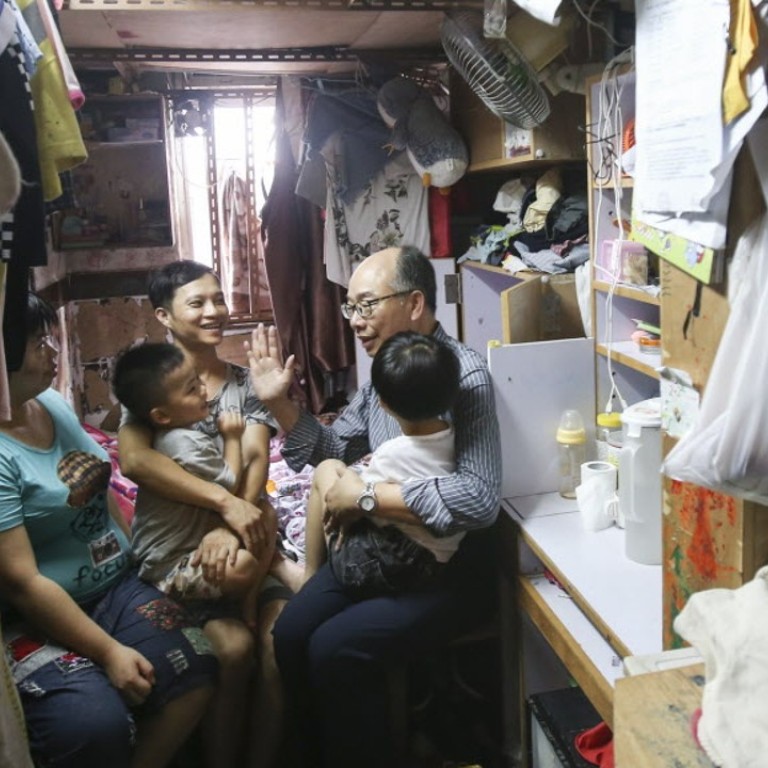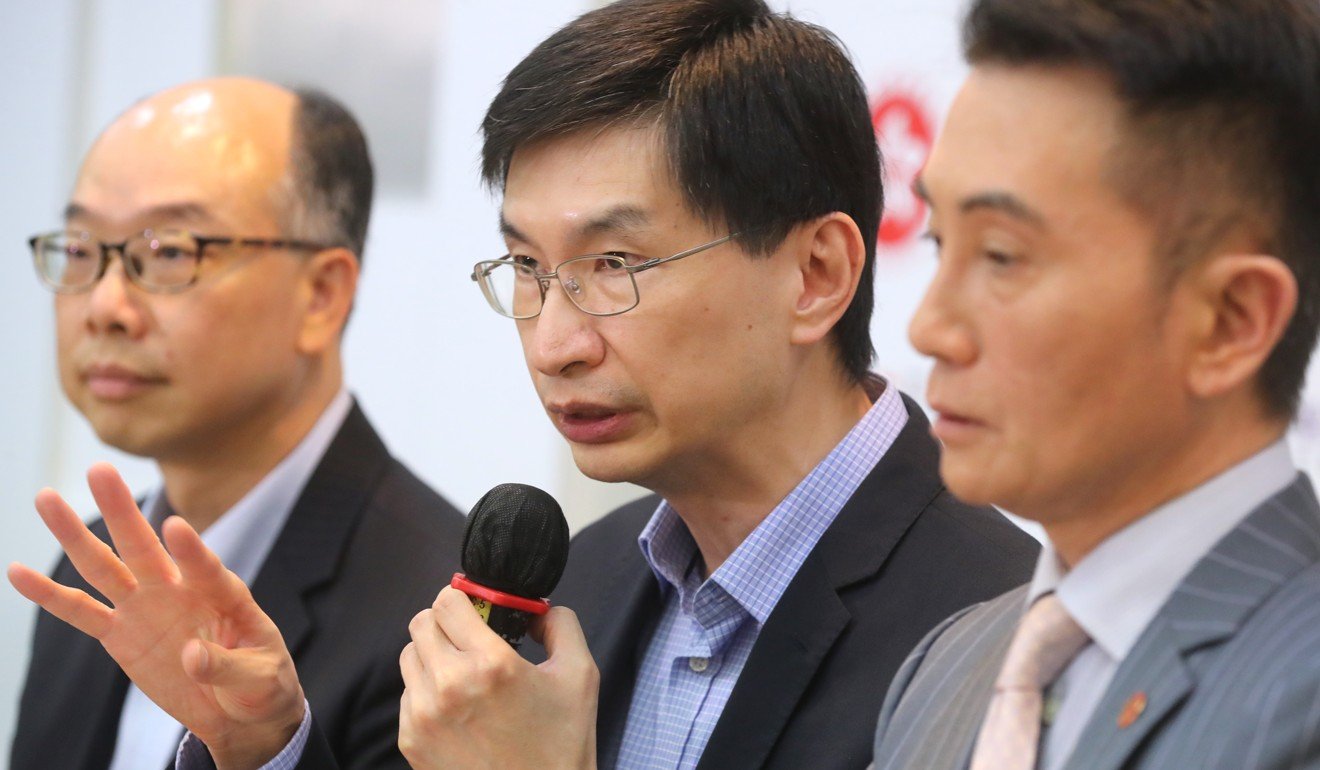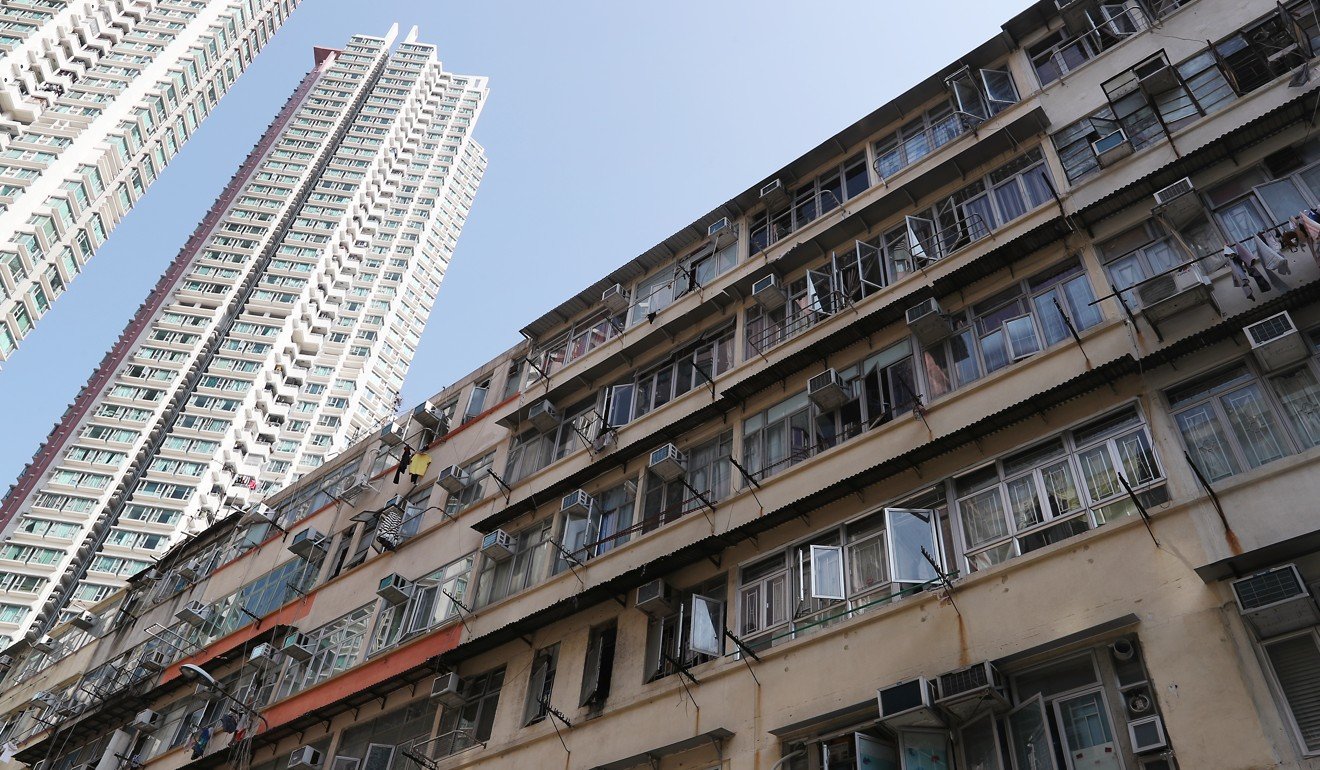
Three families at most per flat in new Hong Kong shared housing plan, overseer says
At least 75 square feet per person if it’s a 700 sq ft flat, NGO head reveals
Bigger flats in a newly launched co-living project in Hong Kong can accommodate at most three families, the head of a local NGO revealed.
Meet the Hong Kong landlords who are happy to drop rent
The government-backed plan, named Community Housing Movement, has to date secured 332 flats, with sizes ranging from around 200 to 700 sq ft, from 26 owners.
“There should be at least 75 sq ft for each person, meaning at most seven to eight people staying in a 700 sq ft flat,” Chua said on a radio show on Wednesday morning.

He described the maximum number of tenants in a flat as equivalent to two to three families.
“We won’t be placing four families together to share a bathroom, kitchen and living room,” he added, noting NGOs operating the flats would screen families for the arrangement.
We won’t be placing four families together to share a bathroom, kitchen and living room
Chua stressed the housing project would not involve illegal flats that had violated buildings or fire safety regulations.
The council will operate the scheme with a HK$61.5 million budget. The idea is to help households waiting for public housing and living in poor conditions by assigning tenants to rental options they can afford.
Of the 34 flats in Mong Kok and Kowloon City on track to be available by the end of this year, Chua said 14 had been provided by the Urban Renewal Authority. One NGO would be selected among eight applicants to operate the 14 flats.
The remaining 20 flats, provided by the developer Henderson Land, are to be run by the local charity Lok Sin Tong Benevolent Society Kowloon.
Flats under the charity were expected to be renovated fully within two months, Chua said, with tenant recruitment beginning in November.
Development minister Michael Wong Wai-lun hoped more tenement building owners could join the scheme so that more tenants in need would benefit.
Lok Sin Tong chief executive Alice Lau Oi-sze said each of the 20 flats it is overseeing would accommodate a family of three to four people. She claimed the charity recently visited people now living on building rooftops and in subdivided flats to understand their needs.

Lau expected residents could move into the flats before Christmas this year.
Meanwhile, Chua noted his group had been exploring opportunities to introduce prefabricated housing in the city.
Co-living the new norm for young professionals priced out of Hong Kong’s property market
“We have been contacting developers to see if they have any unused land that would be available for a few years for our trial [scheme],” he said.
So far his team has visited two to three pieces of land, with some developers signalling an intention to collaborate. He expected the prefabricated housing scheme could be launched next year at the earliest.

Wong said the government remained receptive to any measures that could relieve the city’s housing crunch. But he cited a few concerns to consider.
“If we identify a piece of land suitable for residential use, we have to consider whether to develop it as temporary or permanent housing,” the development minister explained. “Even if we go forward with temporary housing, there are problems relating to transport and the environment to address.”

